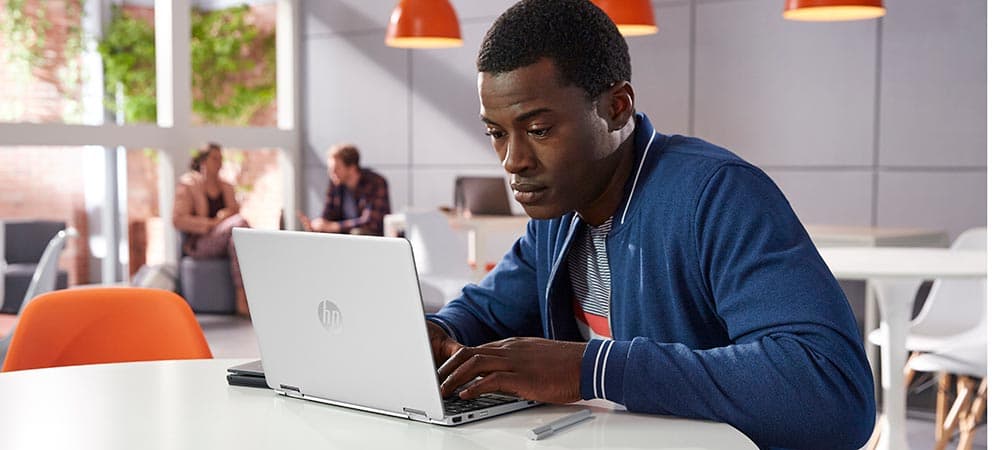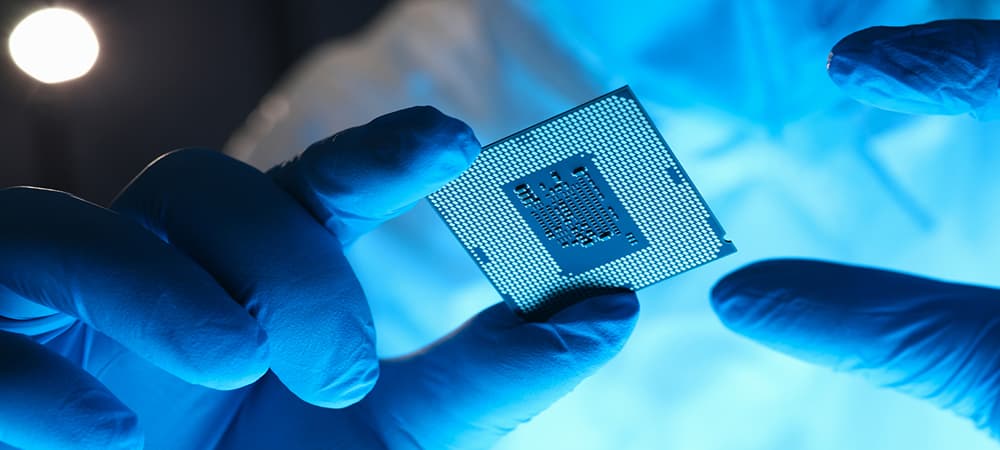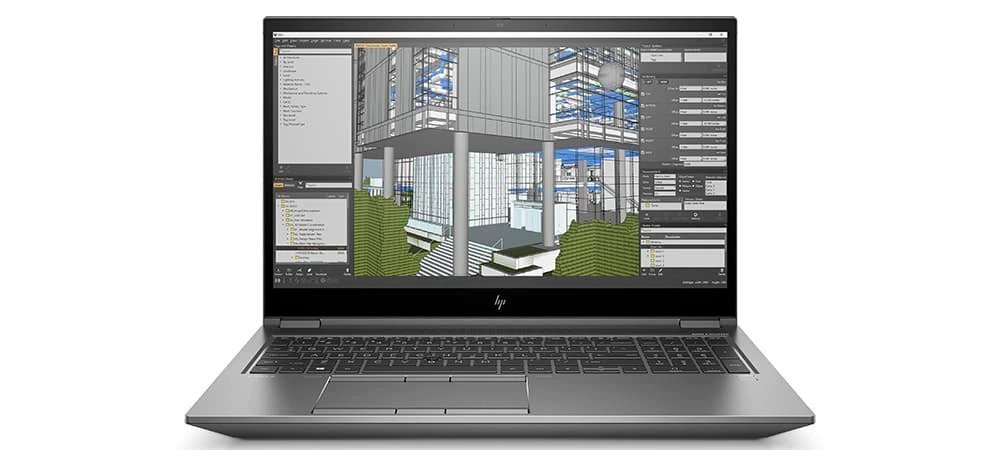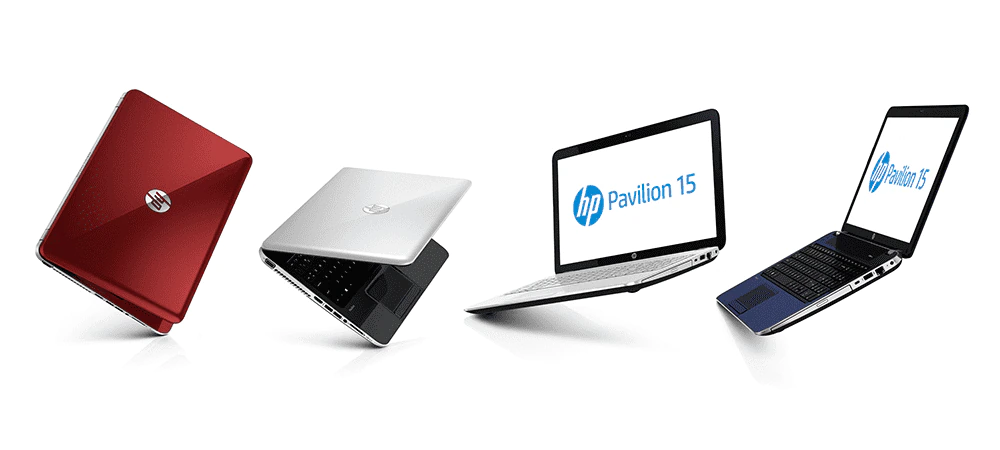Thank you for visiting the MALAYSIA HP Store
-
Contact Us
CONTACT USCall us
- Sales
- 1800 88 4889
- Technical support
- 1800 88 4889
Mon-Fri 8:30AM to 5:30PM
(exc. Public Holidays)
Chat with us- Our specialist are here to help
- Live chat
- Sales
- 60166999350(WhatsApp)
-

Mon-Fri 8.30am - 5.30pm
(exc. Public Holidays)
Live product demo
Store finder Locate our storesSubmit feedback We value your opinion! - Location
- My Account
How to Clean Your Laptop Screen


Whether you’re gaming or burning the midnight oil on a work project, there’s nothing more annoying than a dirty computer screen. The only problem is that most computer screens are highly sensitive and require a delicate touch to prevent damage.
If you’ve ruined a monitor before or you want to keep that brand new laptop running smoothly, this article will provide you with all the information you could possibly need to keep your screen squeaky clean without damaging it.
Bear in mind that most of the suggestions for cleaning your laptop that we discuss here will also work for your monitors and TV screens, as well.
Best way to clean your laptop screen

Wondering how to clean your laptop screen without causing any damage? You don’t have to be a tech guru to understand that any kind of liquid getting into the hardware of your laptop spells disaster. Because of this, you should avoid liquid sprays.
One of the most common mistakes people make when attempting to clean their laptop computer screens is using a liquid cleaner. As a general rule, try to avoid them altogether, however, there are few safe liquid substances you can carefully use to clean laptop screens.

If you aren’t having much luck with a dry cloth or if you spilled something on your screen, you can try using a bit of rubbing alcohol (for non-LCD screens) if you don’t want to buy a specified cleaning product.
The trick, of course, is to not let any of the liquid get down to the speakers or keyboard and to use an extremely small amount - just enough to remove the dirty spot.
If you have an LCD screen, do not use rubbing alcohol as it will damage your screen. If you’re unsure about what products are safe for your laptop or you aren’t completely sure what kind of screen you have, look up the products that the manufacturer lists as restricted for cleaning.
By lightly dabbing rubbing alcohol onto a very soft rag, you can avoid the dangers of rubbing alcohol dripping down into your computer.
Microfiber is your best bet

With the right cloth or material, a cleaning substance may be completely unnecessary. Microfiber cloths are the best possible material to clean your PC with, since paper towels, household rags, and old T-shirts will scratch and damage your screen.
How to wipe a laptop clean
Now that you have your microfiber or computer-safe cleaning cloth, it’s time to break down the proper techniques on how to clean your laptop screen.
- Get your cleaning material prepped with cleaning solution (if applicable).
- Never directly apply cleaning solution to your computer screen.
- Start in the center and gently wipe the screen in a circular motion.
- Do not use the moist section of your cloth to clean the corners of your screen.
- Gently wipe down the screen until the entire surface becomes clean and no longer has dust or dirt.
Of course, there will be instances where no amount of gentle wiping will remove the soda your toddler spilled on your laptop a week ago. In these circumstances, you may have to turn to a serious computer cleaning solution or rubbing alcohol. Just remember that when you clean your laptop’s screen, a delicate touch is vital to the long-term health of your display.
Alternative methods for cleaning a laptop screen
Sometimes you can’t splurge on ultra-expensive products when trying to clean your laptop screen and you have to rely on alternative methods. There are plenty of household items that can be used, such as rubbing alcohol. However, there are some that are dangerous to your screen which you should try to avoid.
A brand new sponge is a great way to clean a screen. You will need to lightly dampen the sponge (but not too much); the last thing you want is for water to drip down into your laptop.
If, and only if, you have a glass laptop screen, it’s safe to use Windex as a cleaner. Sturdier computers sometimes have a clear glass screen over the front of the display - much like a cell phone. A bit of Windex sprayed onto your microfiber cloth will certainly get the job done. But remember, never spray the Windex directly onto your laptop screen itself.
If you don’t have a microfiber cloth or a sponge fresh out of the package, a soft duster brush will work. A traditional feather duster might damage your screen but there’s a good chance you’ve adopted the Swiffer® duster into your household. These cleaning cloths are made from thousands of tiny polyester fibers and are the next best thing for cleaning your screen if you don’t have a microfiber cloth.
If you ever find yourself questioning the methods by which you plan to clean your laptop screen, it’s best to err on the side of caution. To take extra precaution, you can order specialized products and cleaning solutions online or pick them up at electronic stores.
Which are the best laptop cleaners to use?
Compressed gas is one of the best places to start when learning how to clean your laptop. Not only is this product great for removing the dust on your screen, but it’s also good for cleaning your keyboard as well. Dust-Off®, Endust®, and Fellowes® are all solid and reliable brands of compressed air that have withstood the test of time. They are available at grocery stores, drug stores, and computer stores, as well as many online retailers.
Cleaning kits will often come with a microfiber cloth along with a spray that is safe for use on electronics. Some brands we suggest are:
- Bryson Screen and Laptop Cleaner is a reasonably inexpensive cleaning solution that’s as easy to use. Just spray it onto a screen-safe cleaning cloth and wipe away all of your worries.
- GreatShield offers a combination package of monitor cleaner solutions that give your PC monitor or laptop screen a thorough restoration.

- The i-ScreenClean Ball 3-Pack is a great tool for daily cleaning and maintenance. With the i-ScreenClean ball, you can entirely avoid the use of liquids while you clean your laptop screen or monitor. Bigger problems like spills and stains will require the use of professional cleaning products, but for the most part, the cleaning ball is a great way to go.
The corners of your monitor or laptop screen are often the most difficult and frustrating to clean. Fortunately, cleaning brushes for detailing are available. The Oxo Good Grips cleaning brush is perfect for reaching into the corners of your laptop’s display. This tool will allow you to avoid the use of liquids and give your laptop a complete clean.
You can find most of these products online or at computer stores along with wipes and other cleaning supplies that were specifically designed for laptop screens and monitors.
Preventative methods
Once you’ve cleaned your laptop screen, try to keep it that way. One of the primary reasons your screen continues to get dirty so often is because of your keyboard. Dead skin cells, dirt, and grime from your fingertips get on the keyboard and transfers to your laptop’s screen when you close it.
One of the best ways to prevent this transference of dirt and grime is to place a thin microfiber cloth on top of your keyboard every time you close your computer.
Also, since your laptop creates a small electrical charge - even when not in use - it attracts more dust than other surfaces in your home or office.
If you know that you’re not going to use your laptop for an extended period, be sure to keep it stored in a sealed computer bag or plastic bag. Dust and dirt can easily build up in a matter of days if your laptop is left out in in the open. You should always store your laptop whenever you’re not using it; doing so will prevent dust from building up inside the hardware.
How to clean your touch screen laptop safely

The best thing about touch screens, especially tablets and smartphones, is that they usually come with an additional protective screen that makes it much easier to clean. However, you should still take the same precautions that you would with a standard laptop screen.
While touch screen laptops aren’t always made of the same materials that traditional smartphones and tablets are, they may often be just as sensitive. The best thing to do is pick up a microfiber cloth and give your screen a gentle wipe down using the same techniques previously mentioned.
Unless you plan to wash your hands before each time you use your touch screen laptop, you should make an effort to clean it far more frequently. All that grime on your fingertips dragging across your screen can cause a major build up.
Touch screens are especially sensitive to pressure, so make sure you don’t press down too firmly while you’re cleaning since it could wear out the sensors or even damage them. You will also want to turn your screen off before cleaning. You wouldn’t want to accidentally send out a strange jumbled-up email to an important client while you’re cleaning.
When learning how to clean your monitor or laptop screen, it’s always better to be safe than sorry. You invested a significant amount in your laptop and other electronics. It would be wise to invest a small amount in their care and upkeep. Investing in a microfiber cloth that you keep in your desk just for your laptop, along with a cleaning solution kit might cost you a few bucks but it will cost you far more to replace a damaged computer screen from careless cleaning.
- Sales
- 1800 88 4889
- Technical support
- 1800 88 4889
Mon-Fri 8:30AM to 5:30PM
(exc. Public Holidays)
- Our specialist are here to help
- Live chat
- Sales
- 60166999350(WhatsApp)
-

Mon-Fri 8.30am - 5.30pm
(exc. Public Holidays)
Live product demo









